Why do dogs like sticks? Why do dogs eat sticks? Typically dogs eat sticks as it is a close representation of a bone. When a pup is exploring the wild and trying to understand what is going on in their surroundings, they do this by putting things in their mouth. Sticks are pretty much harmless for dogs to chew and have in their mouths, however, you should consider keeping toxic and harmful substances (bleach, household cleaning items) away from puppies.
This article will give you in-depth information regarding dogs and their stick habits, training tips to help stop them from eating sticks, and dog toys can help replace the urge of them eating sticks. Carry on reading to find out more!
Busy? Get Your Hands Paws On The Answers Quickly…
- Why Do Dogs Like Sticks? / Why Do Dogs Eat Sticks?
- How To Stop Your Dog Eating Sticks?
- Alternative Chew Toys For Dogs
- FAQs
WHY DO DOGS LIKE STICKS? / WHY DO DOGS EAT STICKS?
A wide variety of dog breeds find it interesting to pick up sticks and, in some cases, snack on them. Many dog owners have questioned why their dogs do this and if it can harm them. If the stick is sharp, it can pierce the inside of their mouth or digestive system, as well as being painful on their teeth. This section will explain some of the reasons behind dogs picking up and/or eating sticks.
Representation of a bone
It wouldn’t come as a surprise if we told you that dogs love bones, right? Well, if your dog weren’t fed by you and roamed in the wilderness, they would be living off flesh and bones of other animals. The bone marrow is an excellent source of nutrients, this being one of the main reasons why dogs are attracted to them.
As bones are not readily available on dog walks or in the garden, our little pooch will turn to sticks as they are similar in shape and size. Dogs will know the difference between a bone and stick, this is usually when the stick enters the mouth, and they get an earthy, musky taste. Some will instantly spit it out, but others will like the taste and continue nibbling it.
Smells Delicious and a crunchy texture
Some trees, such as apple, pear, and other fruit trees, will give off a fruity scent that will attract dogs. The sticks from these trees will smell great and, in hindsight, be a delicious meal for your dog. However, it is important to note that some of these fruit plants/trees can cause problems to your dogs. They may cause severe vomiting and stomach cramps, therefore avoiding all sticks, especially from these types of trees, is highly recommended.
Attention Seeking
If you’ve previously responded to your dog eating or carrying sticks by treating them if they drop it or throwing the stick for them to chase. They may continue this behavior as they know they will get your attention.
It is difficult to find the correct balance because it is recommended to reward their behavior when they “out” the sticks, however over-rewarding may lead to your dog relying on “outing” sticks to seek attention in the form of treats.
HOW TO STOP YOUR DOG EATING STICKS?
Clearing the yard of sticks can help reduce the amount your dog eats; however, it does not completely solve the issue. As a puppy owner, from experience, it is a good idea to puppy proof your garden, but if your dog loves eating sticks, they’ll do their best to find them no matter what! Also, when you’re out on the walk, it can be very difficult to monitor where the sticks are and whether your dog can get to them or not.
Tips For Success:
Miracles don’t happen overnight, especially as stick-eating is a natural behavior and may have become a learned instinct. You can do your best to help them succeed in “outing” sticks and avoid eating them.
- Be Vigilant – If your dog only eats sticks when you’re not watching, don’t let them out to the yard on their own. Yes, it can be somewhat annoying having to keep a constant eye on them, but it will be worth it in the long run.
- Keep On Leash – Don’t be frustrated or worried about keeping your dog on a leash, especially in areas where you cannot completely trust them to not eat sticks, even if this means in your own back yard. A leash will give you the chance to get to your dog quicker if you suspect they are eating a stick. If your dog only eats them on walks, don’t give them a chance to get to them. Teaching commands like ‘leave it’ (detailed below) can help during leash walking.
- Freedom – Don’t give the dog too much freedom before you can trust them, keep them in safe, enclosed areas when they are not being supervised until they can control their stick eating.
Training Commands
Dogs constantly picking up sticks, stones, and mud from the ground can make walks a nightmare. Spend time teaching your dog how to ‘Leave It’ and ‘Drop It.’
- ‘Leave It.’
Definition – “Do not touch that.”
This does not mean that they can touch/have it now but have it later. That is a ‘wait’. This is a common issue during training and can confuse your dog.
To train ‘leave it’, start with your dog in a down position (this is when your dog is most in control of their behavior, which will make it easier to train them initially). Next, place a treat in front of your pooch, covering it with your hand. As soon as they lift their nose from your hand covering the treat to look at you, use the queue word ‘leave it’ and reward them with a DIFFERENT treat.
Continue to up the intensity by removing your hand, having the treat closer to them, having them in a standing position, using things of higher value (e.g., real meat), drop the treat in front of them, different locations, etc.
Make sure that during training, your dog never receives the treat you are telling them to leave; this will otherwise reinforce the bad behavior.
- ‘Drop It’.
Definition – “Drop whatever you have in your mouth now.”
This command is incredibly valuable, especially when your dog picks something up, like fruit tree sticks, that could be harmful to them.
To train ‘drop it’ start playing tug with your dog with one toy. After a minute, hold the toy still, as soon as your dog releases from the toy, use your queue word ‘drop it’ and reward them by continuing the game.
Increase the difficulty by practicing this in new environments or with higher value toys or items.
Freeze & Positive Reinforcement
When you’re out and about walking with your pooch (on the leash), and they stop to pick up a stick, freeze, and do not move. This is where your ‘drop it’ command comes in to play, if they drop the stick, treat them, and give plenty of praise. In some cases, it is a good idea to give the stick back to them as this reinforces they can have the stick but not eat it.
You can also use your ‘leave it’ command on-leash walks. If you see your dog approaching a stick, use the ‘leave it’ command to help make your dog understand they cannot approach and pick up the stick. Again, plenty of praise and a treat if they manage to avoid the urge to pick up the stick.
Mental Stimulation Games
Your dog may be eating sticks as a way of using it as a stress or anxiety reliever. Using toys such as KONGs and lick mats can be great at providing stress relief; they require licking, which can reduce their stress levels as well as provide mental stimulation to tire your dog out. Check out our posts on Kong Recipes and How To Make A Snuffle Mat, both of which are great as a mental workout which aid in relieving anxiety.
ALTERNATIVE CHEW TOYS FOR DOGS
Stick Like Chew Toy – Hardened chew toys in the shape of sticks are an excellent way of stimulating your dog. Using this toy in and around the home will help to ease their need to chew and eat sticks when walking or in the yard. We have used a variety of stick-like chew toys, here are a few of our recommendations;
Dog Bone Chew Toys – As we mentioned at the start of the article, the main reason for dogs eating sticks is because of the representation of them being bone-like. If you provide dogs with a bone-like toy, this may ease the temptation to carry and eat sticks. These are our recommendations;
> Dog Chew for Aggressive Chewers
> Dog Chew for Aggressive Chewers
Are raw carrots good for dogs?
Yes, carrots are very nutritious for dogs. Ensure when you feed carrots to dogs, they are cut to bite-size chunks to avoid choking. Freezing carrots will be a source of dental care for your dogs, the crunchiness will help to remove plaque build-up.
How to bandage a dog’s paw?
There’s a high possibility that your dog will get hurt or injured during their life. Some breeds of dogs are known to be adventurous and, in some cases, fearless. Unlike humans, dogs tend to explore the world barefoot and do not have any safety protection (shoes). Unfortunately, there are dangerous and sharp objects that can cause cuts, scratches, and incisions to your dog. For easy step-by-step instructions, click here to find out how to bandage a dog’s paw.
Are apples good for dogs?
Apples are a healthy treat for your dog. They are bursting with nutrients and vitamins. There are many benefits to adding them to your dogs’ diet, including:
> Keeping your dogs’ digestive system moving
> Freshening breath
> Source of carbohydrates for energy
> Low in calories
Click to see our delicious apple chew recipes
Looking for more pawsome posts? Check these out…
Can Dogs Eat Lettuce?
How To Make A Snuffle Mat
When Do Puppies Lose Their Teeth?
Can Dogs Eat Broccoli?
Can Dogs Eat Watermelon?
Disclaimer: Each dog is different, and every circumstance is different. All efforts have been made to provide accurate information. However, it is not provided by a qualified Veterinarian, Veterinarian Surgeon, or Behaviorist. The information provided is purely educational. The information should not be used as an alternative or substitute for medical care. If you have any health or medical concerns, contact a qualified Veterinary Surgeon or Veterinarian immediately.
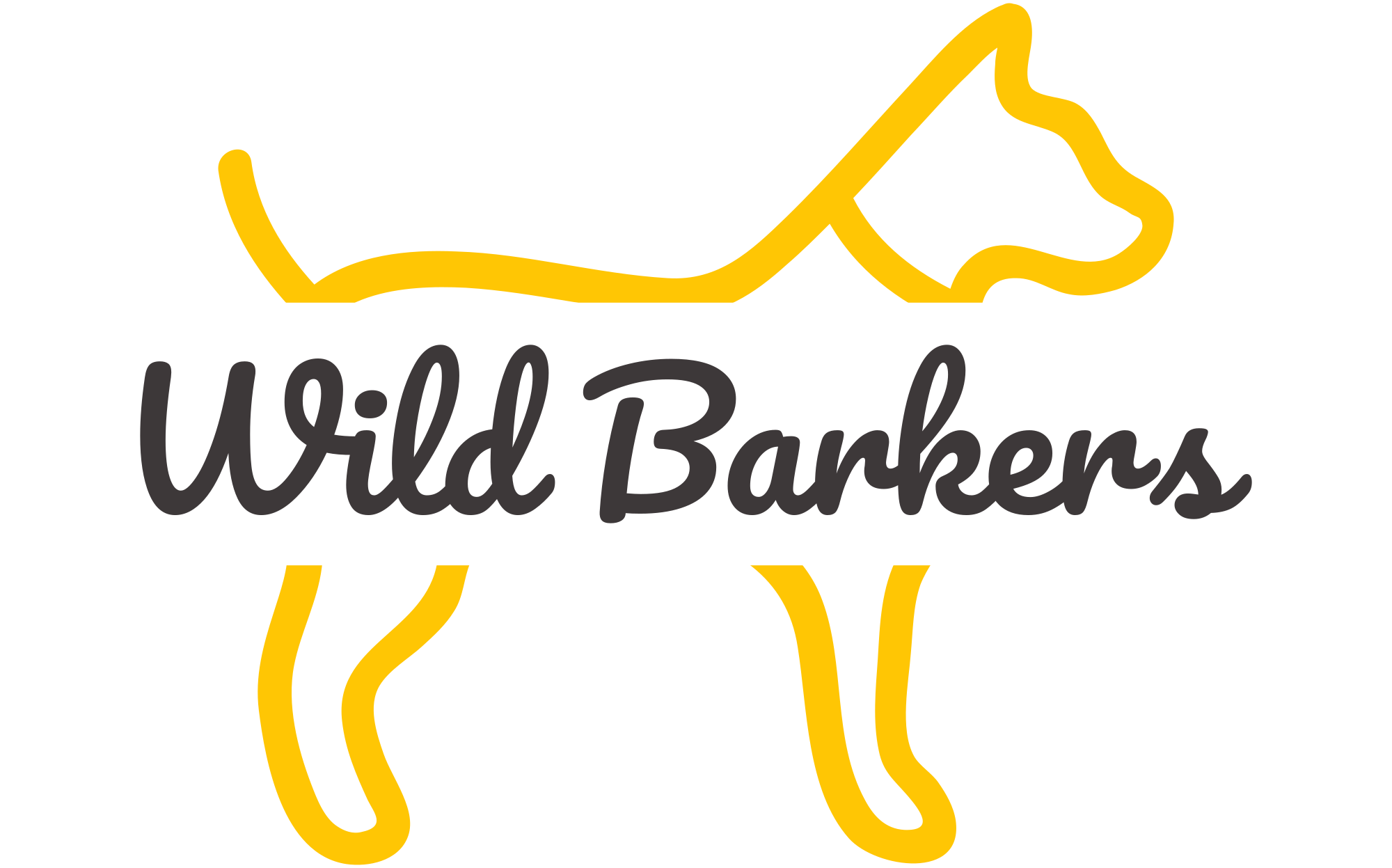

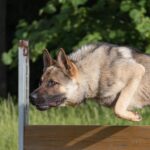


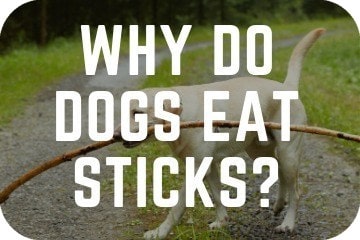
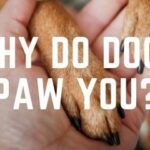
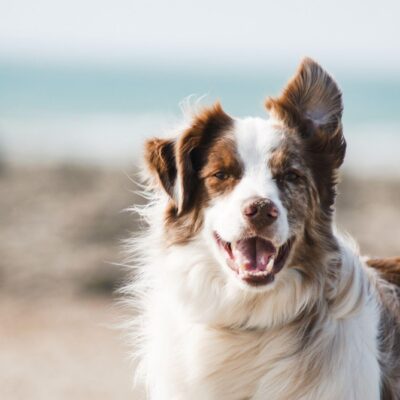
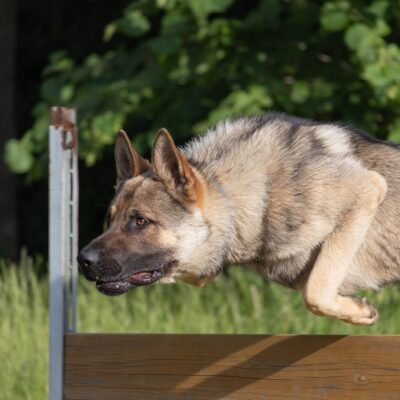
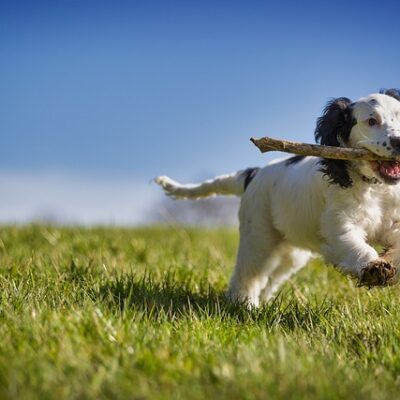
No Comment! Be the first one.